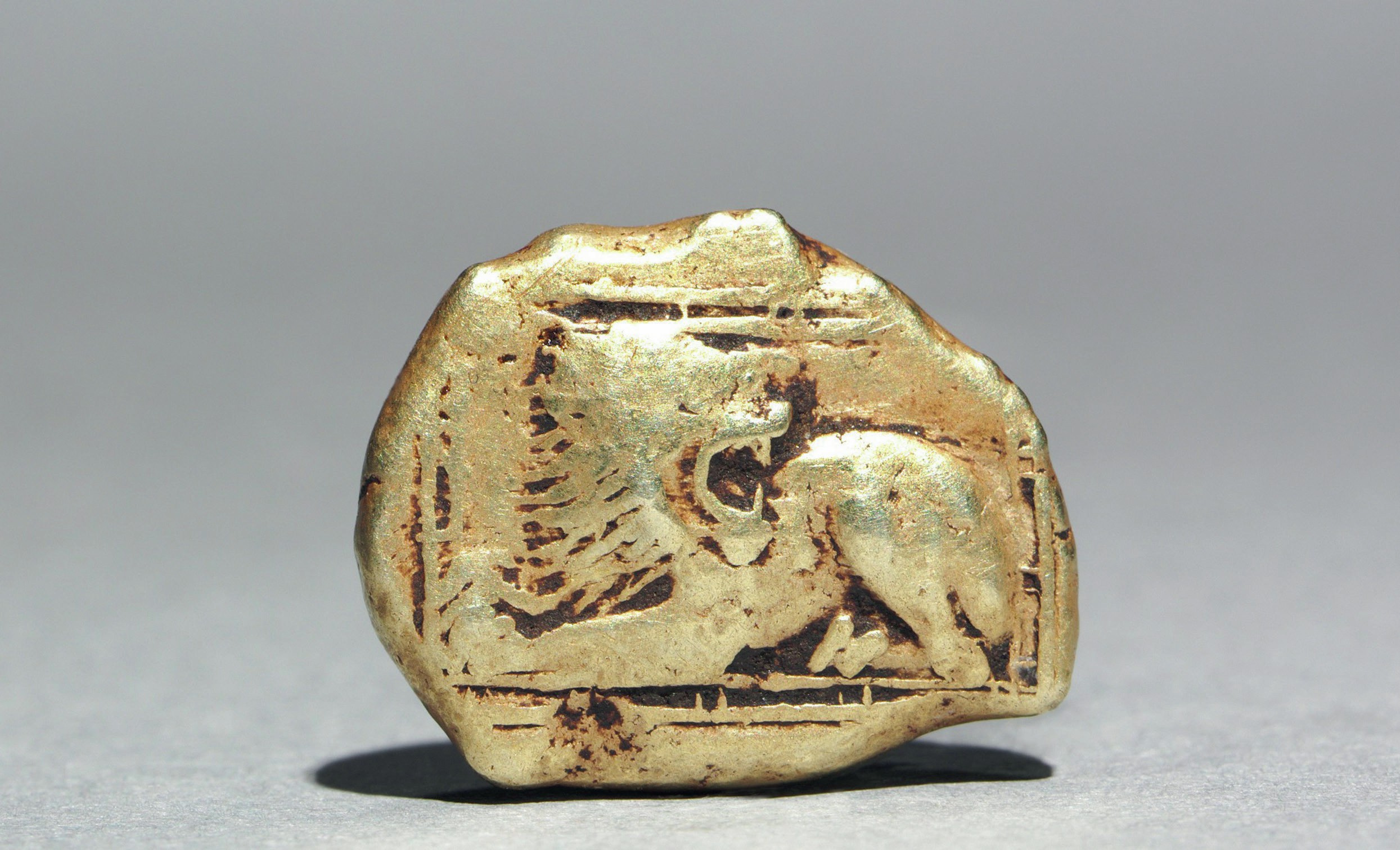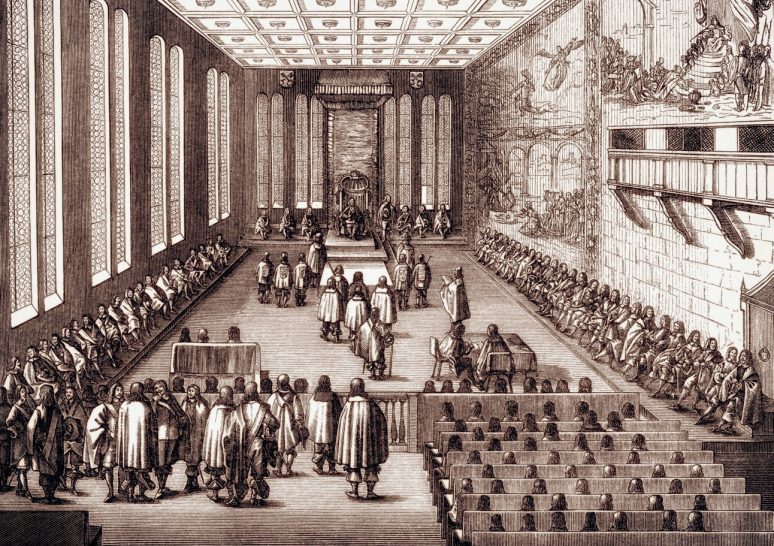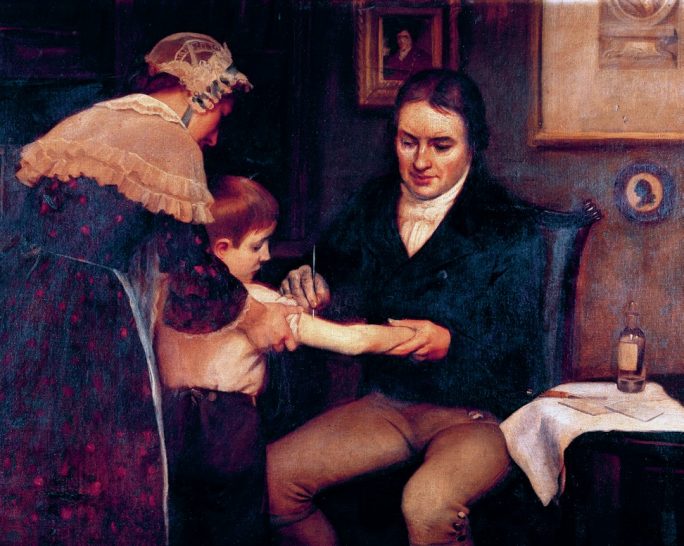
The Money Gallery of the British Museum has a display featuring a coin for each of the 193 current member states of the United Nations. Not all modern nations issue their own currency, however, and coins are not used universally. As digital forms of payment become increasingly popular in the modern world, it is possible that coinage could eventually cease to be used as money for the first time in well over 2000 years. The concept of money is much older than this, so what were the specific circumstances that led to the invention and spread of coinage?
The need for money arose in early complex societies in ancient Egypt and Mesopotamia, when goods such as grain and livestock were no longer just exchanged between individuals in private transactions or at markets. Goods began to be involved in contracts between individuals and a centralised authority (such as the temple) who collected and redistributed them. Documents from ancient Mesopotamia show evidence of complex accounting systems, with the use of small clay spheres and cones used as tokens from as early as the eighth millennium BC.
Your organisation does not have access to this article.
Sign up today to give your students the edge they need to achieve their best grades with subject expertise
Subscribe




